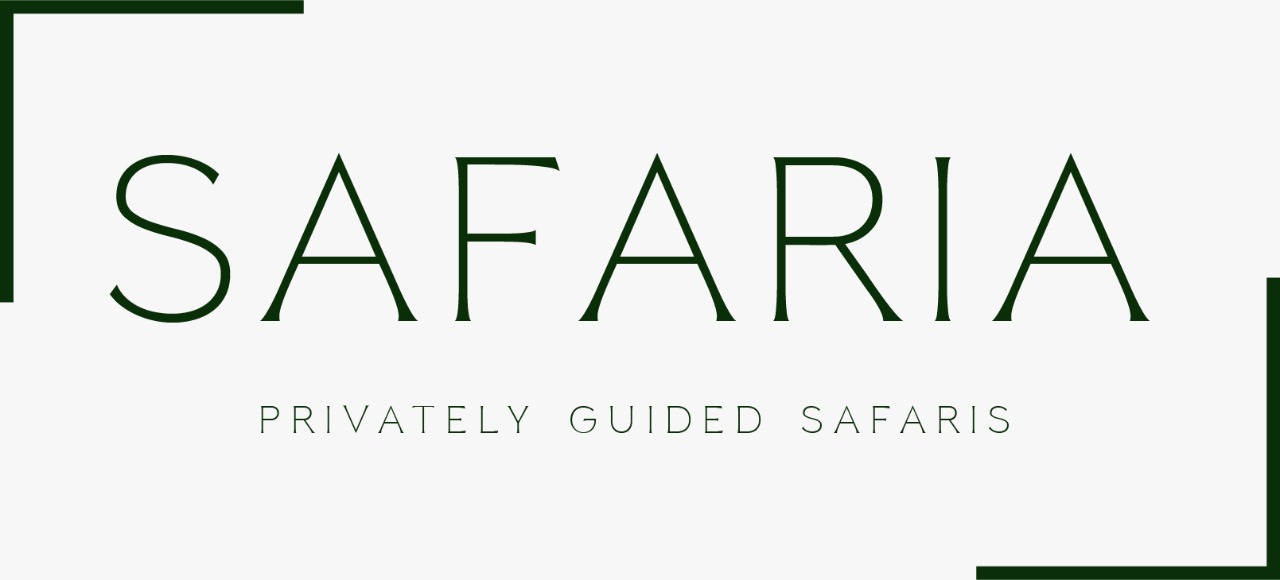Kruger National Park is a famous wildlife reserve located in northeastern South Africa, and it is home to a diverse range of mammal species. While we can provide information about the different mammal species that can be found in Kruger Park, we cannot provide the current population sizes as this information is continuously changing. However, we can provide you with a overview of some of the main mammal species that can be found in Kruger Park.
African Elephant – The African elephant is the largest land mammal in the world and can weigh up to 5,500 kg. Kruger Park has a significant elephant population, estimated to be around 20,000 individuals.
Cape Buffalo – The Cape buffalo is a large and robust mammal that is found in many parts of Africa. The Kruger National Park has one of the largest populations of Cape buffalo, with estimates suggesting around 35,000 individuals.
Lion – The lion is one of the most iconic species in Kruger Park, and it is the top predator in the area. It is estimated that there are approximately 2,000 lions in Kruger Park.
Leopard – The leopard is another big cat species that can be found in Kruger Park. These elusive predators are estimated to number around 1,000 in the park.
Cheetah – The cheetah is the fastest land mammal in the world, and it is known for its incredible speed and agility. There are around 120 cheetahs in Kruger Park.
Wild Dog – The African wild dog is a highly endangered species, and Kruger Park is one of the few places in the world where they can be found. It is estimated that there are around 400 wild dogs in the park.
Hippopotamus – The hippopotamus is a large and semi-aquatic mammal that is found in many African countries. There are around 4,000 hippos in Kruger Park.
Giraffe – The giraffe is the tallest mammal in the world, and it is known for its long neck and distinctive markings. There are approximately 9,000 giraffes in Kruger Park.
Zebra – The zebra is a distinctive striped mammal that is found in many parts of Africa. There are around 25,000 zebras in Kruger Park.
There are a further 18 antelope species that can be found in the Kruger National Park. Here is a list of all of them:
- Steenbok
- Klipspringer
- Grey Duiker
- Common Duiker
- Sharpe’s Grysbok
- Oribi
- Red Duiker
- Suni
- Tsessebe
- Roan Antelope
- Sable Antelope
- Lichtenstein’s Hartebeest
- Cape Hartebeest
- Blue Wildebeest
- Common Reedbuck
- Mountain Reedbuck
- Impala
- Kudu
Antelopes are a diverse group of mammals that are well adapted to living in different environments. The Kruger National Park provides a variety of habitats, including open grasslands, wooded savannahs, and dense forests, making it an ideal location for many antelope species to thrive.
Here are the main ecosystems found within the park:
- Grasslands – The grasslands in Kruger Park are extensive and cover large parts of the park. These areas are characterized by tall grasses, and they support a wide variety of herbivores such as buffalo, zebra, and wildebeest.
- Wooded Savannah – The wooded savannahs in Kruger Park are dominated by thorny trees and shrubs such as Acacia and Combretum species. These areas are home to many mammal species, including elephants, giraffes, and impalas.
- Forests – The Kruger Park has several types of forests, including the Mopane and the mixed broadleaf/evergreen forests. These areas are rich in biodiversity and support many bird species, primates, and antelopes.
- Rivers and Wetlands – The Kruger National Park is home to several rivers, including the Sabie, Crocodile, and Olifants rivers, and many wetlands. These areas are crucial habitats for many aquatic species, including hippos, crocodiles, and fish.
- Mountains and Gorges – The park also has many mountain ranges, including the Lebombo Mountains, which form the eastern border of the park. These areas provide a unique habitat for many bird species, including vultures and eagles.
- Arid Areas – The park has some areas that are quite arid, such as the northern and western parts of the park. These areas are home to many specialized species that are adapted to living in such harsh environments, such as the ostrich and the black rhino.
These are some of the main ecosystems found within the Kruger National Park, and they provide a wide range of habitats for many species to thrive.





